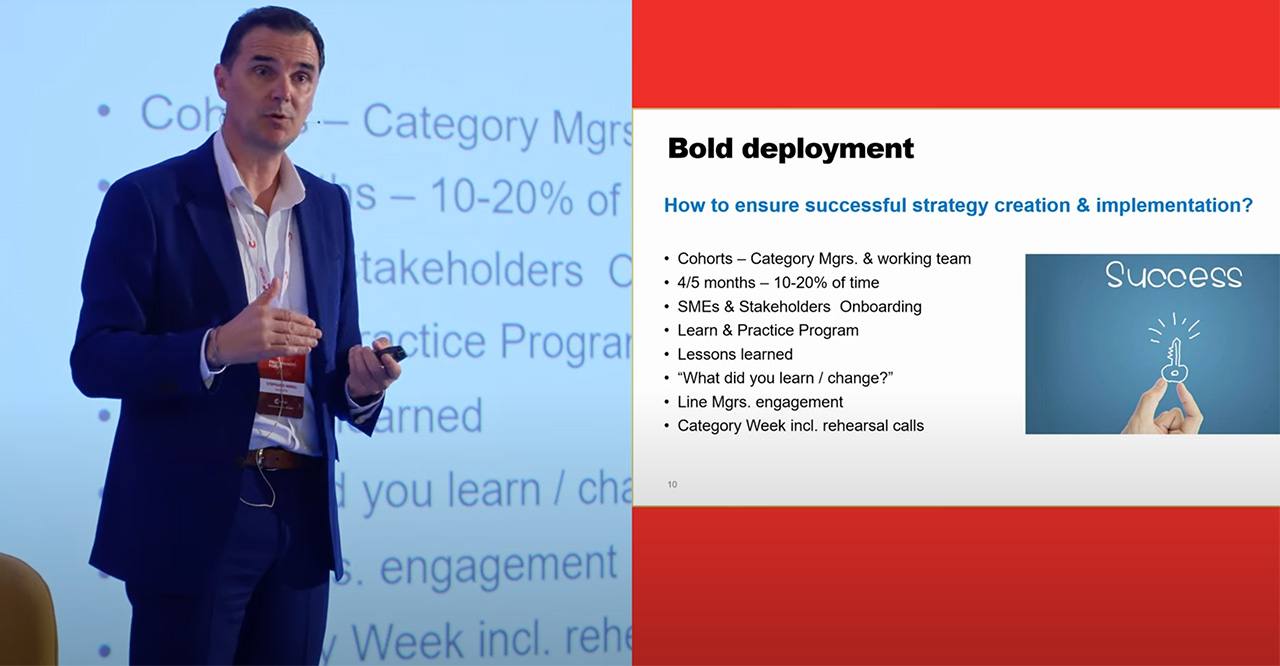A recently published report has identified the top 10 issues facing procurement leaders in 2022. The report provides insights on how to solve them by evaluating data from two CPO priority-related reports (the benchmarking study). Here is a summary of key CPO priority information from respected industry sources in the public domain:
Top 10 Challenges in Procurement in 2022:
1. Mitigating supplier risk and supply chain continuity
Unsurprisingly, mitigating supplier risk and supply chain continuity are topics that claim the number #1 place in 2022. COVID-19, the current geopolitical landscape, and general resource scarcity are proving a challenge for suppliers.2. Spend reduction
In previous surveys, this typically claimed the #1 position. However, organizations are hesitant to offset increasing customer supply costs, so they’re looking to procurement to help reduce and contain spending.3. Procurement’s role as a “Strategic Business Advisor”
Procurement is beginning to get the attention it deserves. The function is working hard to improve business agility and adapt to changing market conditions through digitization. Procurement teams are helping future-proof organizations become more resilient when facing setbacks and also helping them adapt quicker to disruptions. The function is evolving to accommodate ever-changing customer demands better and reduce time-to-market. Moreover, procurement is also assisting organizations in meeting their environmental, social, and governance (ESG) objectives through implementing more ethical and sustainable supply chains. It’s also maintaining its core responsibilities in the interim, i.e., reducing costs and mitigating risks.4. Procurement’s role in promoting corporate sustainability
Promoting sustainability is not just about doing what is best for the planet. There’s solid proof that ESG and sustainable business practices are helping drive profitability and competitive advantage. In addition, corporate sustainability is helping to future-proof organizations by preparing them for disruptions caused by new regulations, changing consumer demands, and attracting talent. In the present business landscape, resilience is necessary.5. Accelerating digital procurement transformation
Global research firm, Hacketts, identified that 61% of companies are investing in digital transformation initiatives, and 39% seek to upgrade their key technology platform or implement new technologies.6. Improving analytics, modeling, and Reporting Capabilities
Procurement is quickly catching up with the rest of the business. 74% of organizations have an initiative underway to enable procurement to make more sophisticated data, insight, and analysis capabilities.7. Aligning skills and talent with changing business needs
Hackett’s report conveys that procurement professionals need to develop 21st-century skills that enable them to play a more strategic role within the business. The report advocates for procurement professionals to extend their capabilities around sustainability, data-driven intelligence, and supplier risk management. The Deloitte Global 2021 CPO Survey develops this notion by encouraging procurement professionals to enhance capabilities that help strengthen organizational agility.8. Modernizing procurement applications and platforms
Process digitalization enables compliance with procurement policies and reduces spending. Critically, process automation also boosts efficiency and allows procurement professionals to spend less time completing routine tasks, helping them to focus more on driving value and innovation.9. Boosting Agility
Strategic procurement can only be achieved if the function learns to be more agile and adaptive to change. There are two key aspects. First, procurement needs to respond quickly when internal stakeholders’ objectives change. For instance, if the company wants to switch the brand of IT hardware on a global level, it shouldn’t take months to find, screen, and onboard a new supplier. Secondly, procurement must react quickly to changes in market conditions to improve time to market.10. Improving Stakeholder Centricity
Procurement needs to focus on its stakeholders’ needs, wants, and expectations. This includes customers who buy finished products, internal business stakeholders, and suppliers. Source: Markit & SAPStrategic
procurement
technology
that delivers






